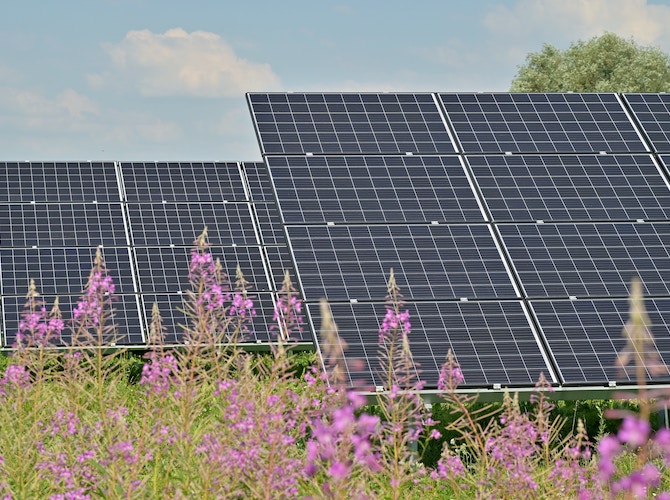Researchers at the Luxembourg Institute of Science and Technology (LIST) have contributed to a break-through discovery, which is expected to boost solar power efficiency and lower costs.
Currently, only around a quarter of all sunlight that reaches silicon solar cells in commercial photovoltaics is converted into electricity.
However, two researchers at LIST’s materials research and technology department found that by stacking silicon and perovskite cells in tandem structures, they were able to reach a 31.25% efficiency rate.
“There were some challenges,” said researcher Santhana Eswara, explaining that parasite effects, when electrons and holes recombine or trap interfacial defects within materials, could lead to loss of performance. PhD candidate Saba Tabean found that by adapting the structure and chemistry of interfaces and surfaces through a technique known as passivation, energy loss was kept to a minimum.
LIST points out that while multi-junction solar cells, made of different semiconductor materials, with around 47% efficiency do exist, they are expensive to produce and are mostly suitable for space satellites or concentrated sunlight scenarios.
“As the solar industry races to achieve greater efficiency, experts believe that practical limits for efficiency are likely well beyond 35%, and continued research and development funding will be essential to keep up with the escalating demand for solar power,” LIST writes in a press statement.
The LIST duo assisted partners at École Polytechnique Fédérale de Lausanne (EPFL) in the research, which was co-funded by the Luxembourg National Research Fund (FNR), Swiss National Science Foundation and FNR PRIDE. Read the full report published in Science “Interface passivation for 31.25%-efficient perovskite/silicon tandem solar cells”.
